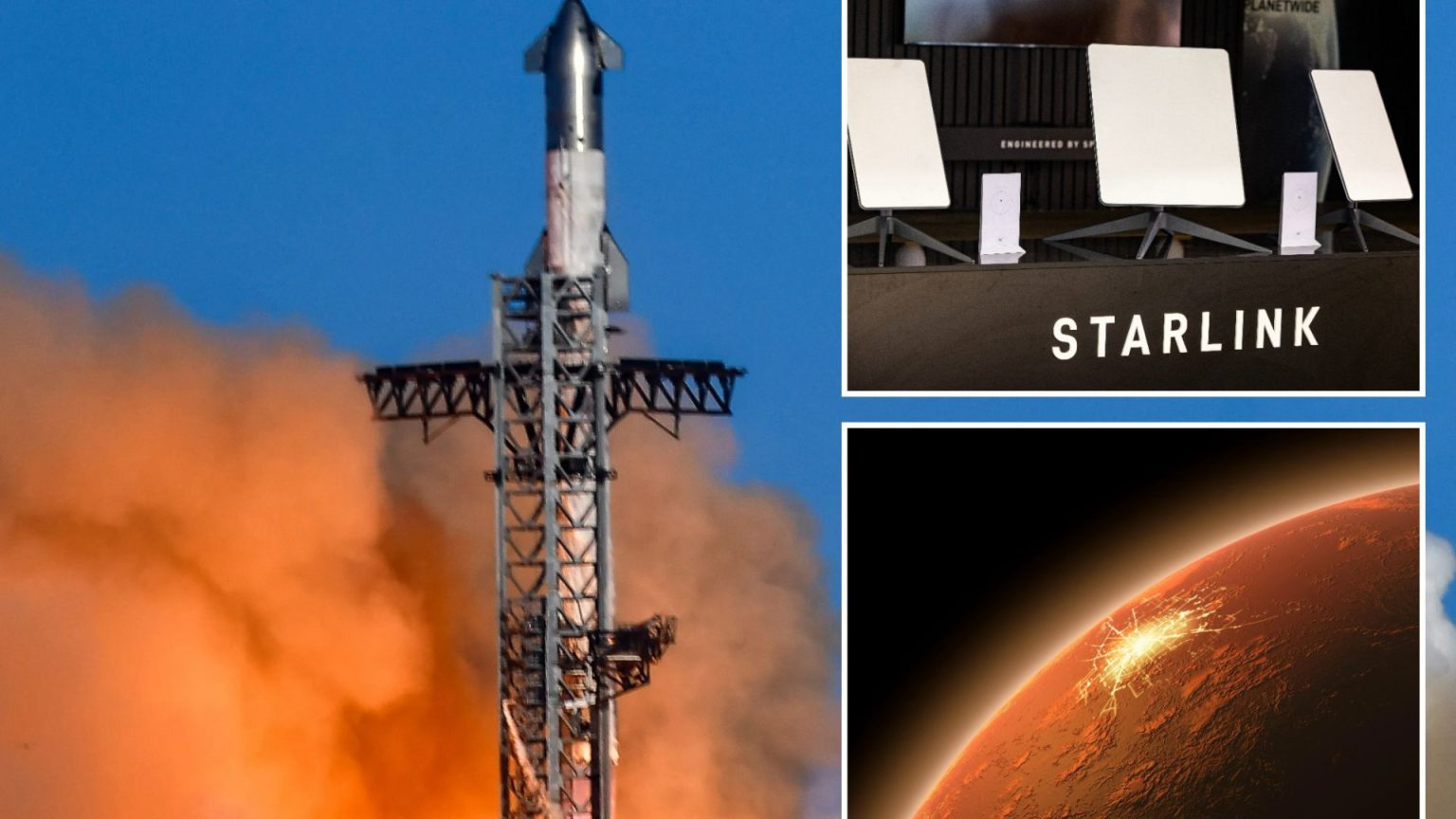SpaceX’s Starship, the colossal rocket poised to revolutionize space travel, is gearing up for its seventh test flight, slated for January 13th. This mission marks a significant milestone as it will be the first time Starship deploys payloads in orbit. Ten mock satellites, mirroring the size and weight of SpaceX’s Starlink satellites, will be ejected during the flight, simulating the deployment of a constellation for global internet coverage. Adding to the complexity of the mission, the Super Heavy booster, the first stage responsible for lifting Starship off the ground, will incorporate reused hardware for the first time, utilizing a Raptor engine from a previous flight. This marks a crucial step towards SpaceX’s goal of achieving full reusability, significantly reducing the cost of spaceflight.
The upcoming flight follows a series of six previous tests, two in 2023 and four in the preceding year. Each test has progressively pushed the boundaries of Starship’s capabilities, culminating in the groundbreaking “chopsticks maneuver” during the October mission. This involved the Super Heavy booster being caught mid-air by mechanical arms on the launchpad after stage separation, a feat never before accomplished and a testament to SpaceX’s innovative engineering. Flight 7 aims to replicate this complex maneuver, further refining the reusability process. The Starship upper stage, standing at 165 feet tall, will follow its recent flight pattern by splashing down in the Indian Ocean, a controlled descent designed to test its re-entry capabilities.
The timing of this launch, just days after the inaugural orbital test flight of Blue Origin’s New Glenn rocket, adds another layer of intrigue to the burgeoning commercial space race. SpaceX, under the ambitious leadership of Elon Musk, envisions Starship as the vehicle that will ultimately make humans an interplanetary species. Musk has boldly predicted crewed missions to Mars within the next few years, a testament to the accelerated pace of development in the space industry. Starship’s design, capable of housing up to 100 people, is not only geared towards Mars colonization but also plays a crucial role in NASA’s Artemis program, with plans to transport astronauts to the Moon by mid-2027.
While SpaceX advances its ambitious plans, China is also aggressively pursuing its own Martian ambitions. Recent studies suggest China’s potential to land on Mars and return with soil samples years ahead of NASA and the European Space Agency. With a clear roadmap, China aims to send its first crewed mission to Mars by 2033, followed by a series of missions in 2035, 2037, and 2041, ultimately culminating in the establishment of a permanent Martian base. This direct competition between national space programs and private enterprises like SpaceX marks a new era in space exploration, reminiscent of the 1960s space race but with significantly higher stakes and more complex geopolitical dynamics.
This renewed space race between the US and China mirrors the intense technological competition playing out on Earth, encompassing everything from computer chips and artificial intelligence to social media platforms. The rivalry extends far beyond terrestrial concerns, now reaching for the stars with increasing urgency. China’s significant investment in its space program, coupled with its reputation for rapid development and execution, poses a formidable challenge to NASA’s historical dominance. Delays and cost overruns in some of NASA’s projects, such as the scrapped Viper Moon mission and the postponed Mars Sample Return mission, underscore the competitive pressures and the challenges of maintaining leadership in space exploration.
The race to Mars, in particular, is heating up, with both nations setting ambitious timelines for crewed missions. While China’s projected timeframe appears more aggressive, the reality of space exploration often involves unforeseen challenges and adjustments. The ongoing developments highlight the dynamic and evolving nature of the space race, with both nations and private companies vying for leadership in this new frontier. The success of SpaceX’s upcoming Starship test flight will be a critical indicator of its potential to fulfill Musk’s ambitious vision of interplanetary travel and contribute significantly to the larger narrative of human expansion into the cosmos.











